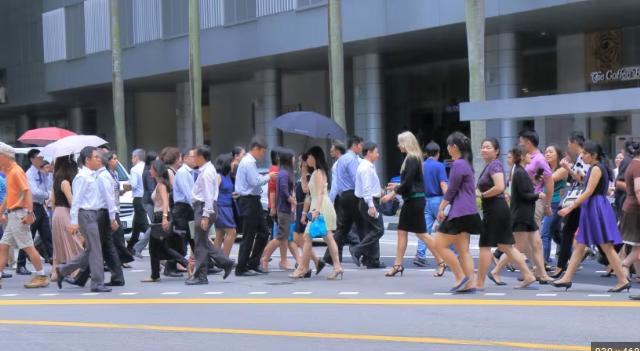Challenges in Re-entry for Retrenched Workers, but Job Openings Continue to Rise Amid Economic Stability
Singapore’s labour market has shown mixed signals in the first quarter of 2024, with retrenched workers facing more challenges in re-entering the workforce while job vacancies continued to climb. The Ministry of Manpower (MOM) reported a drop in the re-entry rate for retrenched workers to 59.4%, down from 61.5% in the previous quarter. This decline was particularly noticeable in the information and communications, financial and insurance services, and professional services sectors.
The decrease in re-entry rates reflects the ongoing struggles some retrenched workers face in securing new positions within six months, particularly in these sectors. However, the MOM highlighted that more than half of the retrenched residents in these sectors were able to find new employment within the same period, with the re-entry rate expected to improve over time based on previous cohorts’ experiences.
Additionally, job vacancies increased in the first quarter, reaching 81,900 in March, compared to 79,800 in December 2023. While hiring activity remained somewhat restrained, experts like DBS economist Chua Han Teng forecast gradual improvements in Singapore’s economic growth, particularly in external-led sectors, which should support employment growth in the second half of the year.
Despite the increase in job vacancies, the ratio of job openings to unemployed persons decreased to 1.56 in March from 1.74 in December. Although this marks a decline from the high of 2.54 in June 2022, the labour market remains relatively tight, with fewer retrenched workers able to secure new roles swiftly.
The first quarter also saw a slight dip in the recruitment rate, falling to 2.1% from 2.3% in the previous quarter, while the resignation rate remained stable at 1.4%. Retrenchments decreased to 3,030 in Q1, compared to 3,460 in Q4 2023, with business restructuring and re-organization becoming more common reasons for layoffs.
In terms of employment growth, total employment excluding migrant domestic workers rose by 4,700 in Q1, driven by increases in resident employment, particularly in the financial, insurance, and public administration sectors. On the other hand, non-resident employment fell by 800, largely due to adjustments in the construction and manufacturing sectors, following the implementation of a lower dependency ratio ceiling.
While the overall unemployment rate rose slightly to 2.1%, it remained within the range typical of non-recessionary periods. The long-term unemployment rate for residents remained low at 0.8%. MOM remains optimistic about the continued growth of Singapore’s labour market, underpinned by sustained job vacancies and increasing hiring optimism among employers.
Minister for Manpower Tan See Leng expressed confidence that the labour market would continue to expand, with unemployment rates remaining low in the upcoming quarters, aided by improved economic conditions and continued demand for workers across multiple sectors.








